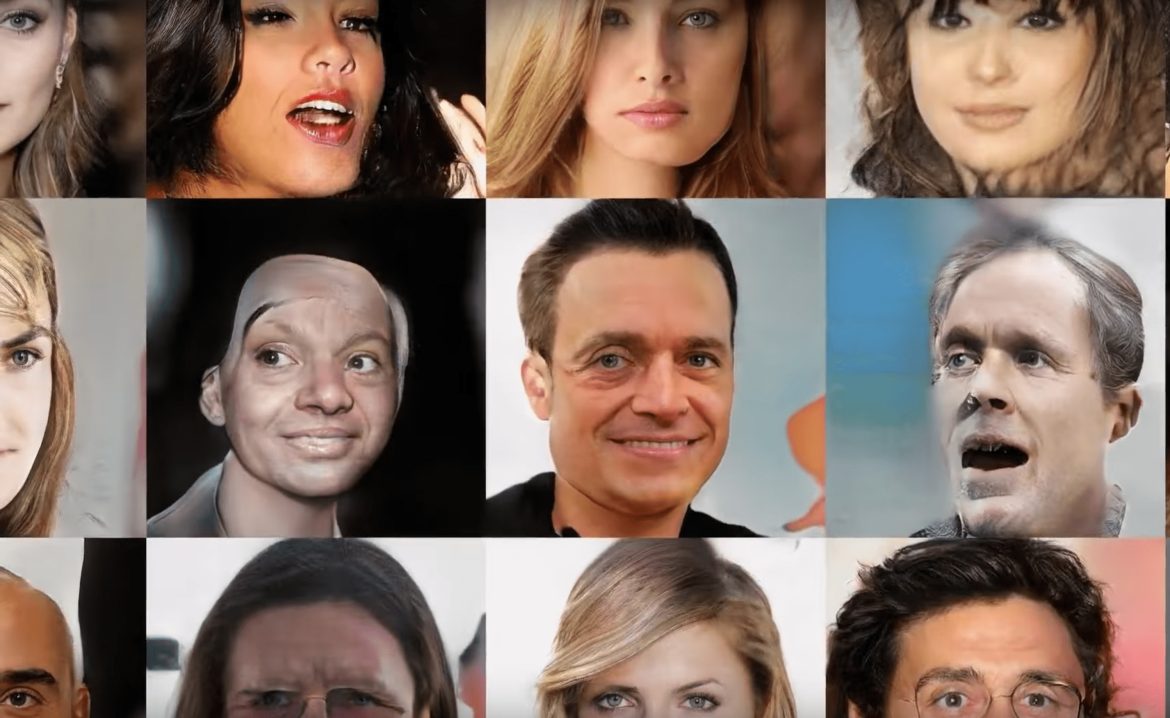Introduction
Generative Adversarial Networks (GANs) have emerged as a revolutionary approach in the field of artificial intelligence, particularly in image synthesis. With their ability to generate realistic images that are indistinguishable from authentic ones, GANs have garnered significant attention from researchers, developers, and artists alike. In this article, we delve into the fundamental concepts of GANs and explore their pivotal role in image synthesis.
Understanding Generative Adversarial Networks
At the core of GANs lies a unique architecture comprising two neural networks: the generator and the discriminator. The generator is responsible for creating synthetic images, while the discriminator evaluates these images, discerning between real and generated ones. Through a process of adversarial training, these networks are pitted against each other, continually improving their respective abilities. As the generator strives to produce images that fool the discriminator, the discriminator simultaneously enhances its discernment skills, resulting in the generation of increasingly realistic images.
Advancements in Image Synthesis
The advancements in GANs have revolutionized image synthesis, offering unparalleled capabilities in generating high-fidelity images across various domains. Whether it’s producing lifelike portraits, realistic landscapes, or even generating entirely new artwork, GANs have demonstrated remarkable versatility. Furthermore, GAN-based approaches have been instrumental in addressing longstanding challenges in image generation, such as overcoming issues related to image blurriness and inconsistency.
Applications of GANs in Various Industries
The impact of GANs extends beyond the realm of research laboratories, with widespread applications across diverse industries. In the field of entertainment and media, GANs are employed for creating visual effects, enhancing video game graphics, and generating synthetic characters. Additionally, GANs find utility in e-commerce, enabling the generation of realistic product images for marketing purposes. Moreover, in healthcare, GANs facilitate medical image synthesis, aiding in the diagnosis and treatment of various ailments.
Challenges and Future Directions
Despite their tremendous potential, GANs are not without challenges. One notable concern is the issue of mode collapse, wherein the generator produces limited varieties of images, compromising diversity. Addressing this challenge requires innovative techniques for promoting diversity and ensuring the generation of novel content. Furthermore, ethical considerations surrounding the use of GANs, particularly in generating deepfakes and synthetic media, necessitate careful scrutiny and regulation.
Looking ahead, the future of GANs in image synthesis holds immense promise. Continued research efforts aimed at enhancing the robustness, scalability, and interpretability of GAN models will further propel their adoption across various domains. Additionally, exploring novel architectures and training strategies will unlock new possibilities for image synthesis, pushing the boundaries of creativity and realism.
Conclusion
In conclusion, Generative Adversarial Networks (GANs) have emerged as a transformative technology in image synthesis, revolutionizing the way we create and perceive visual content. With their ability to generate photorealistic images across diverse domains, GANs have transcended traditional boundaries, finding applications in entertainment, e-commerce, healthcare, and beyond. As researchers continue to innovate and refine GAN-based approaches, the future of image synthesis holds boundless opportunities for creativity and advancement.
